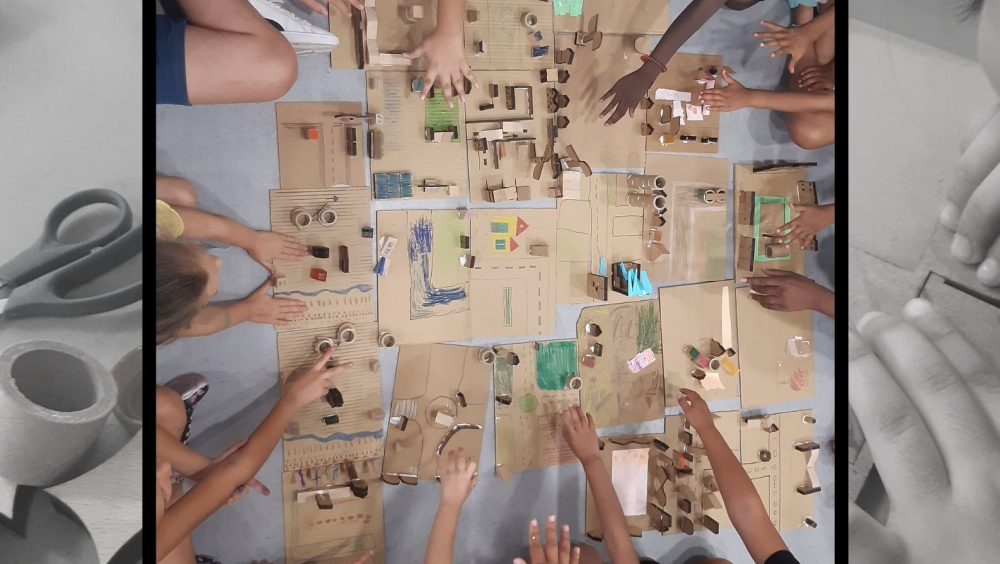Ciudades industriales y los ODS
The Sustainable Development Goals (SDGs) contribute to bringing together cities, organizations, local governments and networks, by sharing their transformation policies and challenges for the future of our planet. Perhaps we are not aware that one of the fundamental pillars is to place citizenship at the center of sustainable development policies. All cities have the germ of sustainable development through their heritage, often hidden behind a lack of knowledge of the value of their own, of the identity values of the place. In addition, new uses of existing buildings, including monumental ones, are essential to rediscover the history of place (SDG11), economize on material (SDG12) and thereby create quality education for future generations (SDG4). In this framework, this heritage didactic workshop is developed, where interest in architecture is encouraged, facilitating the approach of the population to their own landscapes. We invite the participants to approximate to the Sustainable Development Goals and the reuse of industrial heritage are invited. It will help to understand why culture and sustainability of materials are important in the transformation of the environment. This is one of the many processes of approach to our heritage of which the Faro Convention mentions, and one of the strong premises of the National Education and Heritage Plan promoted by the Ministry of Culture. During several work sessions, secondary groups from Alcora have visited the old Royal Factory of the Count of Aranda, knowing the sustainability of the old production processes, not so far from the premises dictated by the SDGs. They have also been aware of the importance and sustainability of the reuse of old buildings, in this case, industrial heritage. After understanding the importance of recycling and the new uses of buildings and also of the materials used daily, the (individual) work to be done by each participant is presented. In a base of 24x24cm each participant makes a fragment of what for each of them can be a more sustainable city: a wind turbine, single-family homes with solar panels and a small garden, recycling space, bike lane with bike parking space ... All this with recycled materials originating from our architecture studio, the didactic workshops we carry out or the waste material of the Alcora Ceramics Museum itself: countless geometric pieces, textures and different sizes. Even from the schools themselves they provide recycling materials that they have collected days before to build their models (emphasizing the circular economy). With all the fragments, a large participatory model has been made, devising an industrial and sustainable city. This large solar installation has been growing with the passage of the work sessions and is creating an immense city, center of the visitable exhibition that has become the BIC ship of the Royal Factory of the Count of Aranda. The future of the Royal Factory as an industrial hotbed in the imagination of future generations.
Address
Av. Castellón, 4, 12110 , Spain
